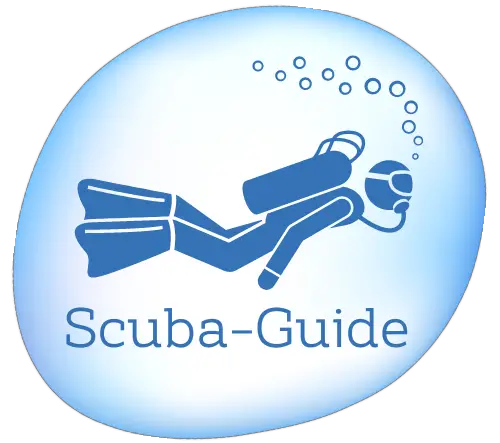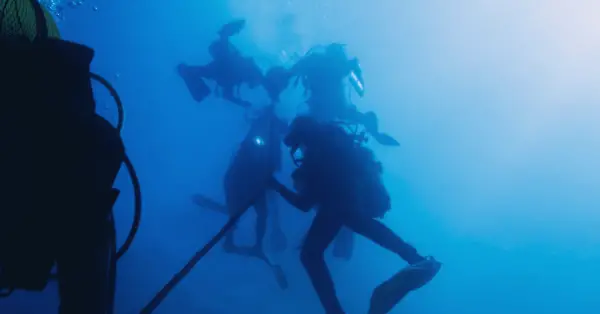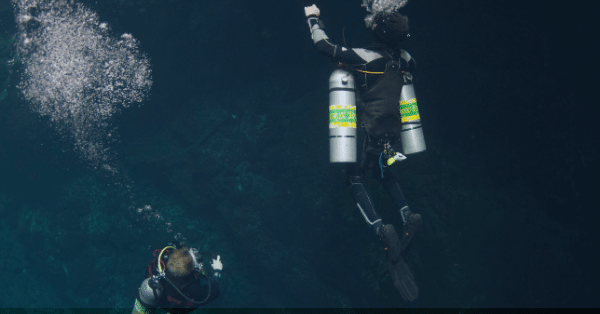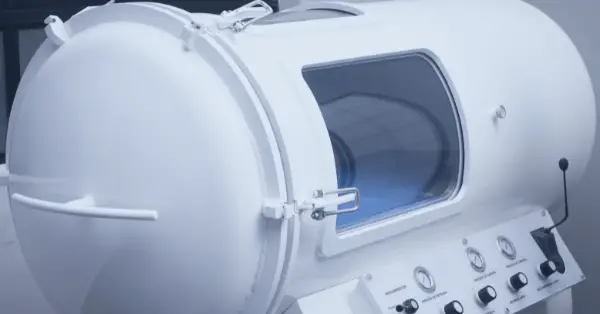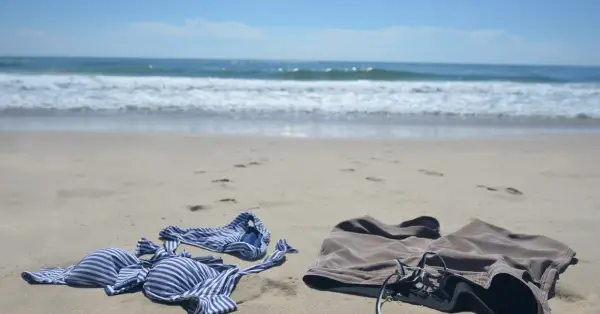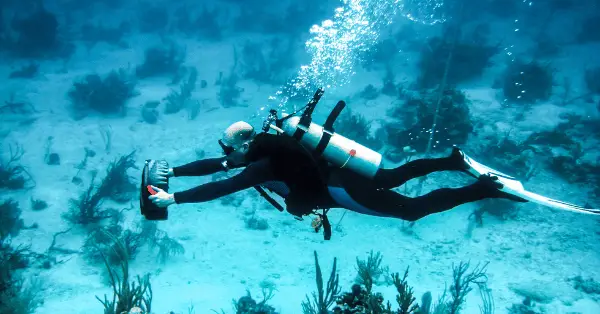Why do Divers Fall Backwards off boats?
Do you know why divers fall backwards off a boat? It’s actually quite simple – That backwards dive roll is actually called the Backward Roll Entry Technique and divers use this method to protect the integrity of their diving gear and because it is an easier entry into the water for the human body.
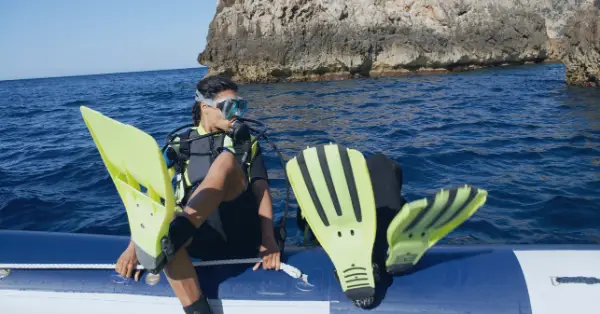
Divers use the Backward Roll Entry Technique to protect the integrity of their diving gear and because it is an easier entry into the water for the human body. The backwards dive roll is actually called the Backward Roll Entry Technique and divers fall backwards off a boat because…
- It’s an easier entry into the water for the human body
- To protect the integrity of their diving gear
- To keep the impact on the boat to a minimum
Divers Fall Backwards Off Boats Because…
The main reason is to make the entry as easy as possible from moving on the boat to entering the water. Another benefit to falling backwards is that you’re using your tank to make the first impact into the water, easing entry. If you dive in forwards, the tank would be an additional weight pushing into the water.
If you’ve ever done a belly flop, you’ll know that water can be pretty unforgiving, even if you are falling a few feet. So, imagine the impact with additional weight on your back. Also, the backward roll helps keep boats stable. As mentioned earlier, backward roll entry is used on smaller vessels as they have a low center of gravity. While these boats may have a low center of gravity, having a few divers standing on the gunwale will shake things up on board. By entering the water with a backwards fall instead, it minimizes this rocking motion for everyone else on board.
Negative entry
The negative entry is a special form of entering the water by falling backward. Most times, divers inflate their BCD and stay at the surface to group and descend together. However, in strong currents, divers would be pushed away and therefore need to descend as quickly as possible upon entering the water.
That’s where the negative entry comes in handy: Divers completely deflate their BCD, roll back, and immediately descend once entering the water. In places like Darwin or Wolf in Galapagos islands with strong currents and only experienced divers, this technique is essential.
Understanding Other Entry Techniques
Many divers prefer the backward roll to enter the water, but it’s not the only option. Here are other safe entry techniques:
- The giant stride
- The seated entry
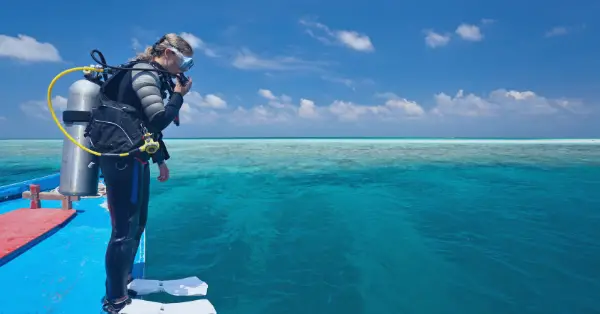
For the giant stride, you’ll need a stable platform on a dive boat. Be sure to check the water for any obstacles before stepping out and make sure your step is large enough to avoid hitting the tank with the side of the boat. If space or platform stability is limited, opt for the seated entry. Double-check your gear and sit on the edge of the boat with legs over the side and arms holding onto to it. Then turn around, so you’re facing away from the boat and lift yourself over into the water.
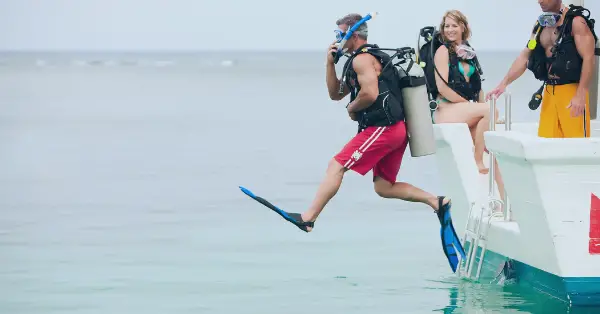
Whichever technique you use, safety should always be your top priority when entering a scuba diving adventure!
How to fall backwards off a boat (Step-by-step guide)
There are only a few key things you need to remember when diving backwards:
1. Begin in the seated position.
2. Check that you’re wearing all your gear before sitting down.
- Check your entire gear and conduct the buddy check
- Move one by one to the edge of the boat and assume the seated position.
- Sit on the edge of the vessel, facing inwards, with your tank hanging over the boat’s edge
- Cross your ankles and slightly overlap your fins. This will help keep your legs together when entering the water
- Inflate your BCD halfway to stay afloat after entering the water. You will stay on the surface until your entire team has entered the water and is ready to decent.
- Place the regulator in your mouth and start breathing through it. Wear your mask correctly.
- With your right hand, use the palm of your hand to protect your regulator from falling out of your mouth. With the fingers and thumb, hold onto your mask to keep it in place when entering the water.
- Always check the waters for any possible dangers before diving in, especially if you are part of a group. If you lose count of how many people have gone into the water, always wait for the others to clear an area that is safe before proceeding.
- Lower your chin to your chest and roll backwards when you’re ready and it’s safe to dive in
- Immediately, come back up to the surface and signal to the boat crew and other divers that you are ok. Roll onto your back and let the inflated BCD float you. Move away from the entry point and stay close to other divers already in the water until the entire group is in the water and ready to start the dive. At this point, you can switch to your snorkel to save some air.
